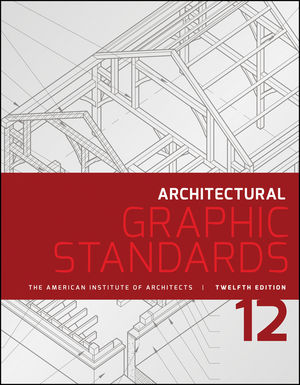New Exhibition Showcases Oklahoma’s Architectural Influence on California

Photo courtesy of Ann Sherman
The Oklahoma Contemporary Arts Center recently opened Outré West: The American School of Architecture from Oklahoma to California. Housed in the Eleanor Kirkpatrick Main Gallery, this new exhibition considers the bold works of a group of iconoclastic architects who were educated and mentored in Oklahoma in the 1950s and 1960s, and who later developed groundbreaking design practices in California. The so-called ‘American School’ of Architecture approach to design yielded hundreds of iconic projects, including the eastern span of the San Francisco-Oakland Bay Bridge and the fantastical Pavilion for Japanese Art on the Miracle Mile in Los Angeles. The exhibition opened to the public on August 22 and will be on display through January 27, 2025.
Developed at the University of Oklahoma (OU) during the postwar period, the American School of Architecture became known for emphasizing individual creativity and experimentation. Under the guidance of professors including outsider architect Bruce Goff (1904-82) and Herb Greene (b. 1929), students were inspired by everyday objects, the natural landscape and the designs of cultures around the world.
The exhibition includes more than 200 items, ranging from archival drawings and sketches to original and new architectural models, including some at full scale, to historical press clippings, large-scale photographs, and more. Outré West explores how these architects translated their American School education into practices that continue to enrich California’s built environment to this day.
While other schools in the United States were heavily influenced by the European Bauhaus and Beaux Arts models at the time, the American School in Oklahoma was radically different and transcended the accepted canons of Western architecture. Goff encouraged students to create their own designs for architecture rather than emulating his famous works or those of anyone else. The American School challenged students to look beyond European styles for inspiration to include Native American designs, Asian architecture, South American architecture, nature and found objects.
“These renegades, as we’ve come to call them, promoted a radical approach to teaching, centered on contextualism, resourcefulness, and experimentation,” said chief exhibition curator Angela M. Person, PhD, associate professor of architecture at the University of Oklahoma.
Goff and others within the American School embraced the use of cast-off materials, preceding the recent sustainable architecture movement by decades. In addition to works from Goff and Greene, the exhibition also features the work of other American School architects including Violeta Autumn (1930-2012), John Marsh Davis (1931-2009), Arthur Dyson (b. 1940), Donald MacDonald (b. 1935) and Mickey Muennig (1935-2021) who, realized hundreds of distinctively built works in California. From museums that exemplify organic architecture to breathtaking multimillion-dollar residences dotting the coast to affordable and prefabricated homes designed to address the housing crisis, these collected works reveal bold — and often stubborn — design talents galvanized in Oklahoma and exported to the West Coast.
The work of these architects illustrates an inspiring story of how the outré—or the iconoclastic—American School education, founded and cultivated in Oklahoma, produced an unexpected kinship between the Oklahoma and California contexts and forged a lasting impact on the architectural imaginary of the American West.
Outré West: The American School of Architecture from Oklahoma to California was curated by: Dr. Angela M. Person, PhD, associate professor of architecture at the University of Oklahoma (OU); Dr. Stephanie Z. Pilat, PhD, professor of architecture at the University of Oklahoma, and Marco Piscitelli, RA, lecturer in architecture and interior design at the University of Oklahoma, along with a team of interdisciplinary researchers.
Looking for a reprint of this article?
From high-res PDFs to custom plaques, order your copy today!





